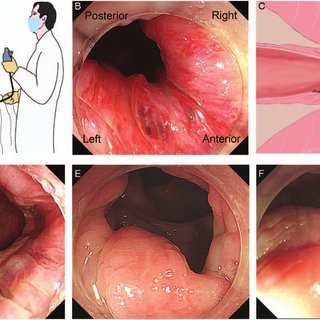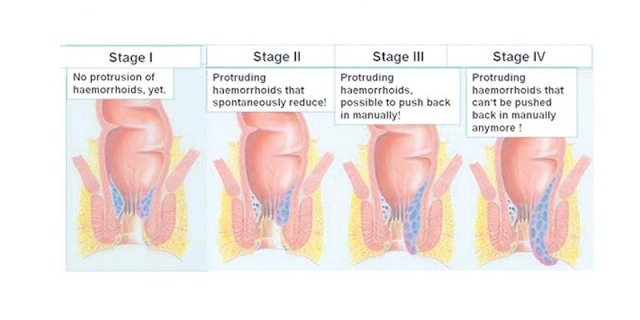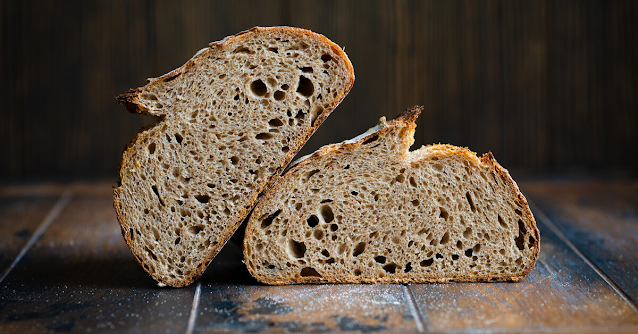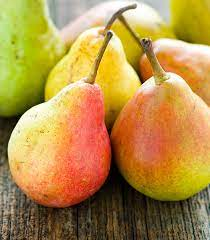What Are Hemorrhoids / Piles?
Symptoms
Causes and risk factors
Diagnosis
Prevention
Complication
Homoeopathic Treatment
Piles (hemorrhoids) are very common but not something you'll want to talk to your friends about. We don't know precisely how common piles are because many piles are small and not seen by a doctor.
What Are Piles /Hemorrhoids?
Piles (hemorrhoids) are common swellings that develop in and around the back passage (anal canal).
What Are The Different Types Of Piles?
Piles can be divided into either internal or external. Some people develop internal and external piles at the same time.
1.Internal Piles
are deeper and initially form above a point 2-3 cm inside the back passage (anal canal) at the top of the anal canal or the lower rectum (the last part of the large intestine that joins the anal canal).
2. The Outer(external) Piles
start closer to the surface, below a point 2-3 cm inside the rear passage.
external piles are not always visible outside the opening of the rear passage (anus). Equally confusing, internal hemorrhoids can expand and sag (prolapse) so that they hang outside the anus.
Whether internal or external, hemorrhoids often cause no problems, but they can cause bleeding and sometimes pain. If it causes bleeding or pain, you should seek medical attention.
Piles are also graded according to their size and severity.
What Causes Of Piles?
The lining of the back passage (anal canal) contains many blood vessels (veins). There seem to be some changes in the veins in the lining of the back passage that cause the pile(s) to develop. The lining of the back passage and vein becomes much larger and this can then cause swelling and develop into a pile.
However, we don't know exactly what causes the pile. Some piles seem to develop for no apparent reason. It is believed that there is increased pressure in and around the opening of the back passage (anus). This is probably the main factor causing hemorrhoids in many cases. If you put off going to the toilet and need to strain to have a bowel movement, this can increase pressure and make a pile more likely to form. Other risk factors are listed below.
What Are The Symptoms Of Piles?
Piles symptoms can vary depending on the size, location, and degree of the piles.
Grade 1 is small
swelling on the inner lining of the anal canal. They cannot be seen or felt from outside the opening of the back passage (anus). Grade 1 piles are common. In some people, they further increase to grade 2 or more.
Stage 2 is bigger
They may be partially pushed out of the anus when you go to the bathroom, but quickly return when you stop straining.
Grade 3 hangs out
of the anus (prolapse) when you go to the bathroom. You may feel one or more small, soft lumps hanging from the anus. However, you can push them back inside the anus with your finger.
Stage 4 is permanently hanging down
from the anus (prolapse) and you cannot push it back in. Sometimes they become quite large.
Piles (hemorrhoids)
What Are The Possible Complications Of Piles?
A potential complication of piles that hang down is that they can "strangle". This means that the blood supply to the pile has been cut off. A blood clot (thrombosis) can form inside the pile. This causes really bad pain if it happens. The pain usually peaks after 48-72 hours and then gradually subsides over 7-10 days.
Other complications include skin tags around the anus, irritation and cracks in the skin (which can very rarely lead to serious infection), discharge and closure of the back passage (stenosis).
What Are The Risk Factors Of Hemorrhoids?
Hemorrhoids appear when there is too much pressure on the veins around the anus. Possible risk factors include:
- straining during bowel movements
- long sitting, especially on the toilet.
- with chronic constipation or diarrhea
- with a family history of hemorrhoids
- consistent lifting of heavy loads or other activities that stress your body
- having obesity
- anal intercourse, which can irritate hemorrhoids
- pregnancy (enlarged uterus presses on a vein in the large intestine, causing it to bulge)
- be over 50 years old
How Are Hemorrhoids Diagnosed?
- A visual examination of your anus may be enough to diagnose hemorrhoids. To confirm the diagnosis, your doctor may perform other tests to check for any abnormalities in the rectum.
- This check is known as a digital rectal exam. During this examination, the doctor will insert a gloved and lubricated finger into your rectum.
- Depending on your risk factors for gastrointestinal disease, your doctor may order another test, such as an anoscopy, sigmoidoscopy, or colonoscopy.
- Each of these tests requires your doctor to use a small camera to diagnose any abnormalities in your rectum, anus, or colon.
- Anoscopy examines the inside of your rectum, sigmoidoscopy examines the last 2 feet (50 centimeters) of your colon, and colonoscopy examines the entire colon.
- In these tests, a small fiber optic camera fits into a small tube that is inserted into the anus. This test gives your doctor a clear view of the inside of your rectum so he can examine the hemorrhoid up close.
Prevention
To prevent or avoid worsening hemorrhoids, avoid straining during bowel movements. Also try increasing your water intake. Drinking enough water can prevent stools from becoming hard.
Use the toilet as soon as you feel a bowel movement to prevent the development of hemorrhoids. Exercise regularly to prevent constipation and avoid sitting for long periods, especially on hard surfaces such as concrete or tiles.
Eating foods high in fiber can minimize the risk of developing hemorrhoids in the future.
Good sources of fiber include:
- Whole wheat
- Brown rice
- Oatmeal
- Pears
- Carrots
- Buckwheat
- Bran
- Dietary fiber helps create bulk in the intestines, which softens the stool and makes it easier to pass.
Here Are Some Top Homeopathic Remedies For Piles / Hemorrhoids
1. Nux Vom
Nux Vom helps treat constipation. After an hour of taking food, the stomach is heavy. Constipation with fruitless urges to defecate. Burning in the chest with a feeling of accumulation of food in the throat. The person is a nervous irritable hypochondriac and demanding. There is a habit of consuming fatty foods or unhealthy fast food, which causes the development of all the symptoms. In heaps, it is one of the most effective drugs prescribed to treat constipation or irregular bowel movements caused by unhealthy eating habits or wrong lifestyle.
2. Bryonia
Recommended for constipation, if the stool is very hard and the person strains more during the stool. The stool is hard as well as blackish and difficult to pass. There is a tendency to drink more water because one feels thirsty all the time.
3. Lycopodium
A person who has more problems with gas. There is a bloated feeling in the stomach with bubbling or growling in the stomach. Abdominal heaviness usually occurs in the afternoon. The appetite is good, but a little food fills his stomach. There is burning in the chest and sour eructation with a sour taste in the mouth
4. Carboveg
Flatulence appears with a feeling of a bloated stomach. Much more belching and a sense of relief afterwards. So much tendency to gas that everything she eats seems to turn into gas. There is abdominal heaviness generally in the upper abdomen.
5. Anacardium
Tendency to constipation with pain on fasting. When one has an empty stomach, one feels a headache. Eating relieves headaches and stomach aches. The person tends to forgetfulness and low self-esteem. If these symptoms are present in a person, anacardium is a suitable remedy
6. Sulfur
Burning in anus after stool. There is always itching of the anus. A person tends to have an early morning stool right after waking up from bed. There is a disturbed sleep habit of waking up at a small noise. A person has a nervous nature with an unhealthy lifestyle.
7. Aesculus
Pain like burning and stitching in anus continues for a long hour after stool. Itching of the anus occurs. Sensation of something stuck in anus due to inflammation of the piles. There is a tendency to constipation. The problem with piles is associated with back pain.
All medicines should be used after a doctor advise. Your doctor will select potency after your symptoms and study all body detail
For more detail visit my you tube channel.
DR.TAYYIBA AJ





















0 Comments